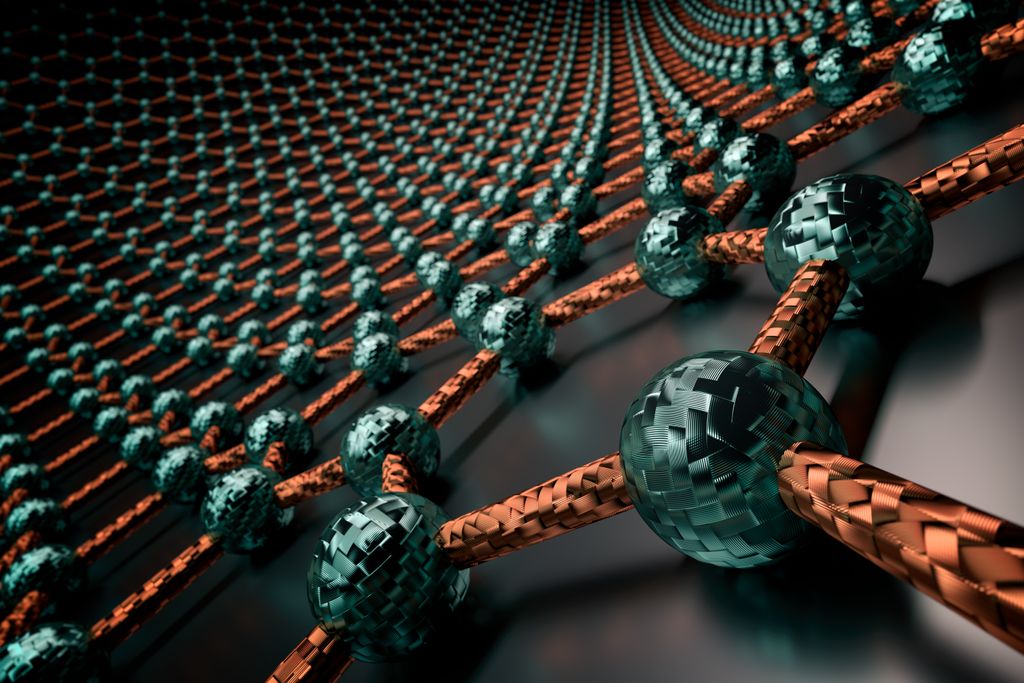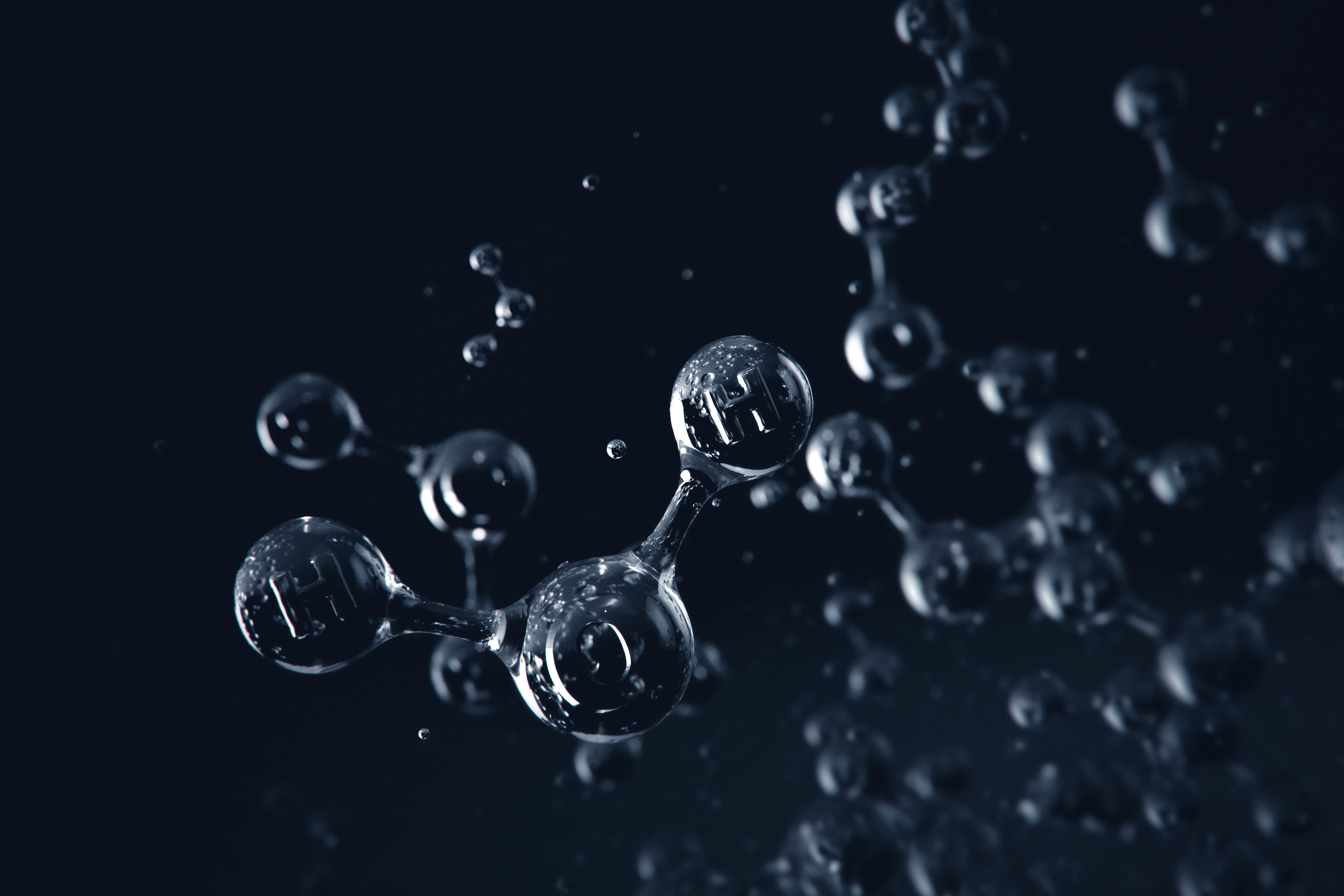In 2004, physicists Andrei Jim and Konstantin Novoselov invented graphene. A job that won them the 2010 Nobel Prize in Physics. For his part, Andre Geim did not stop there, and recently developed graphene nanophytes, with a thickness of up to a nanometer … The tool that researchers dreamed of NanofluidicWhich is concerned with the behavior of fluids in channels not exceeding 100 nm. Scientists from CNRS and École normale supérieure – PSL decided to study the behavior of a mixture of water and ions at these miniature scales. To their surprise, the water-melt effect disappeared from their calculations, leaving the field free for clumps of ions. The resulting structural features are reminiscent of a cell normally found in the brain: the neuron…
When the water does not dissolve…
Who among us has never poured a little salt (sodium chloride) into water to see that it dissolves instantly? In fact, water (H2O) normally separates sodium ions (Na .).+chloride ions (Cl .)–). But what about nanocracks? ” Andre Geim’s cracks consist of two layers of graphene, separated simply by “wedges” of the same material. “,” describes Paul Rubin, a doctoral student in the physics laboratory at the Ecole Normale Superior in Ulm and first author of the study. The remaining free space is less than 1 nanometer! In such a small space, the two water molecules cannot hold up high, so the water forms a single layer of molecules. A property that appears to prevent the dissolution of existing ions. Then piles of ions form, which reassemble into imposing structures … and thus slow. Hence the hysterical behavior…
Hysteresis consists in saying that the properties of a particular system depend on its past. ” A bit like a neon tube. When a large voltage is brought to it, the gas ionizes and the neon will be easier to re-ignite when the ions are already present. ”, Paul Rubin photo. In the case of nanofluids, stimulating the device with an electric field will push the ions to gather in long groups. Once the power is cut off, the large structures thus formed will take time to disassemble. In other words, the system will “remember” for a while certain initial stimulus at the origin of its formation A special kind of memory, close to the so-called memresistor effect (for “memory” and “resistor”) which qualifies the storage of information in electronic devices. Except that the issue here is not a question of electrons, but of ions. This is the basis The work of the brain, especially neurons …
“Artificial neurons”: immersed in the brain
Neurons exchange information using electrical impulses. These run along nanopores – or ion channels – found on the membranes that encase neurons. Depending on whether the pores are open or closed, a flow of ions can pass through and create an electric current that is responsible for emitting an action voltage that leads to the contact itself. ” There is a disturbing similarity between the equations describing the mechanisms of neurons and those characterizing the process at work in nanographene. Paul Rubin adds. In fact, elongated groups can represent the influx of ions, when the formation and destruction of these structures is equivalent to the opening and closing of ion channels, respectively. In addition, the models show the appearance of voltage peaks, which are quite similar to those generated by the action potentials of neurons. Should we conclude that this is indeed neural activity caused by an “artificial neuron”?
The research is now continuing through the experiment. To do the job, Paul Rubin and his colleagues can count on the help of scientists at the University of Manchester. Their goal is to move from proof of concept to empirical proof. “Is it possible to find some kind of memory?” And if so, what do you do next? Asks Paul Rubin. This future work could help shed more light on our understanding of the complex brain mechanism. In practical terms, would we go back to the ion computer? The idea remains attractive, even if it is to save energy. An electronic computer requires approximately 500 Watts to work In contrast, the human brain is super efficient, consuming no more than a light bulb!
Originally Posted 09/26/2021

“Subtly charming problem solver. Extreme tv enthusiast. Web scholar. Evil beer expert. Music nerd. Food junkie.”




